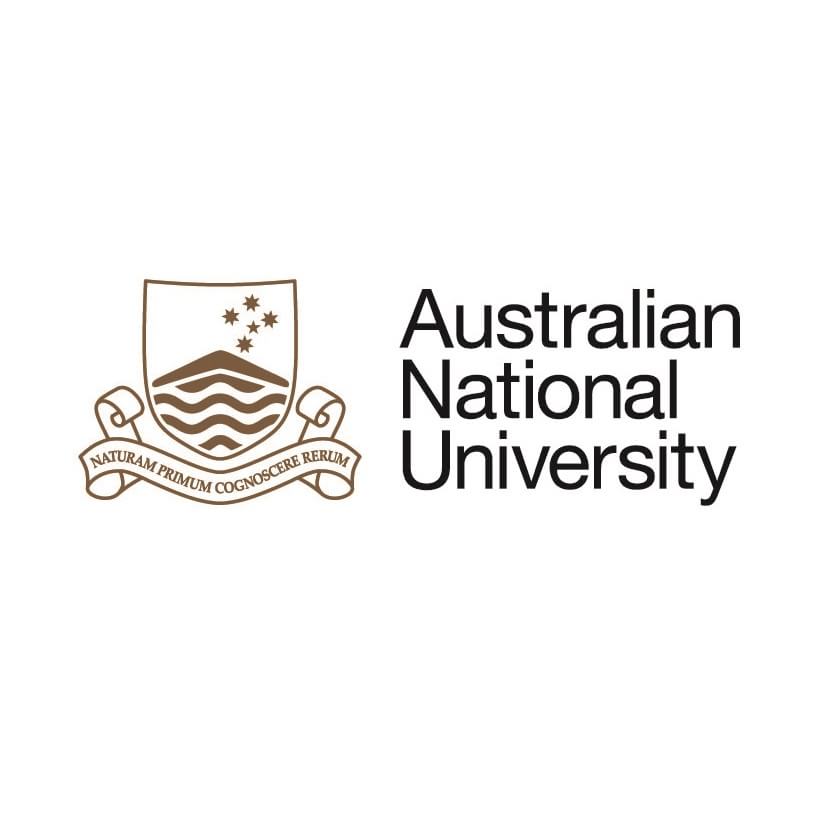Full description
This project was conducted as part of the Mulligan’s Flat–Goorooyarroo Woodland Experiment, and our thanks go to all the volunteers and staff of partner organisations that have assisted with the translocation and ongoing monitoring since 2011. Licenses for the reintroduction were obtained from the Tasmanian Department of Primary Industries, Parks, Water and Environment (DPIPWE) using procedures approved by their associated Ethics Committee (AEC Project 18/2010–2011). We thank DPIPWE for their support. The post-reintroduction procedures were approved by the Australian National University Animal Experimentation Ethics Committee (ethics protocol A2011/017; A2014/35; A2017/33; A2020/40). We would like to thank the ACT Parks and Conservation Service for their contribution to the translocation and monitoring of the eastern bettong at Tidbinbilla Nature Reserve. Funding for DNA sequencing was provided by the Woodlands and Wetlands Trust, and we thank manager Jason Cummings for his support of this work. The translocation and post-reintroduction monitoring were funded by an Australian Research Council Linkage Grants received by ADM (Australian Research Council Linkage LP110100126, LP140100209), in addition to support from ANU, ACT Government, and the Woodlands and Wetlands Trust. ADM was supported by an Australian Research Council Future Fellowship (FT100100358) during part of this study. BB was funded by an ACT Government PhD Scholarship, an Australian Government Fee Offset Scholarship, and an ANU Supplementary Scholarship. We would like to thank the ACT Government for their comments on early drafts of this paper, and Prof. Craig Moritz and Prof Andrew Weeks for their contributions to early planning stages of this study. The authors also acknowledge the Ngunnawal people of the ACT region, on whose land this study took place. The Authors request that the Principal/Co-Investigator be contacted before the data is used, as it is part of an ongoing experiment.Notes
13.15 MB.
Significance statement
Genetic and demographic data from the long-term monitoring of the first reintroduction of eastern quolls to mainland Australia to a conservation fenced reserve.Created: 2021
Data time period: 2016 to 2020
Subjects
Biological Sciences |
Ecology |
eastern quoll |
fenced reserve |
mammals |
marsupials |
quoll |
reintroduction |
translocation |
User Contributed Tags
Login to tag this record with meaningful keywords to make it easier to discover
Identifiers


